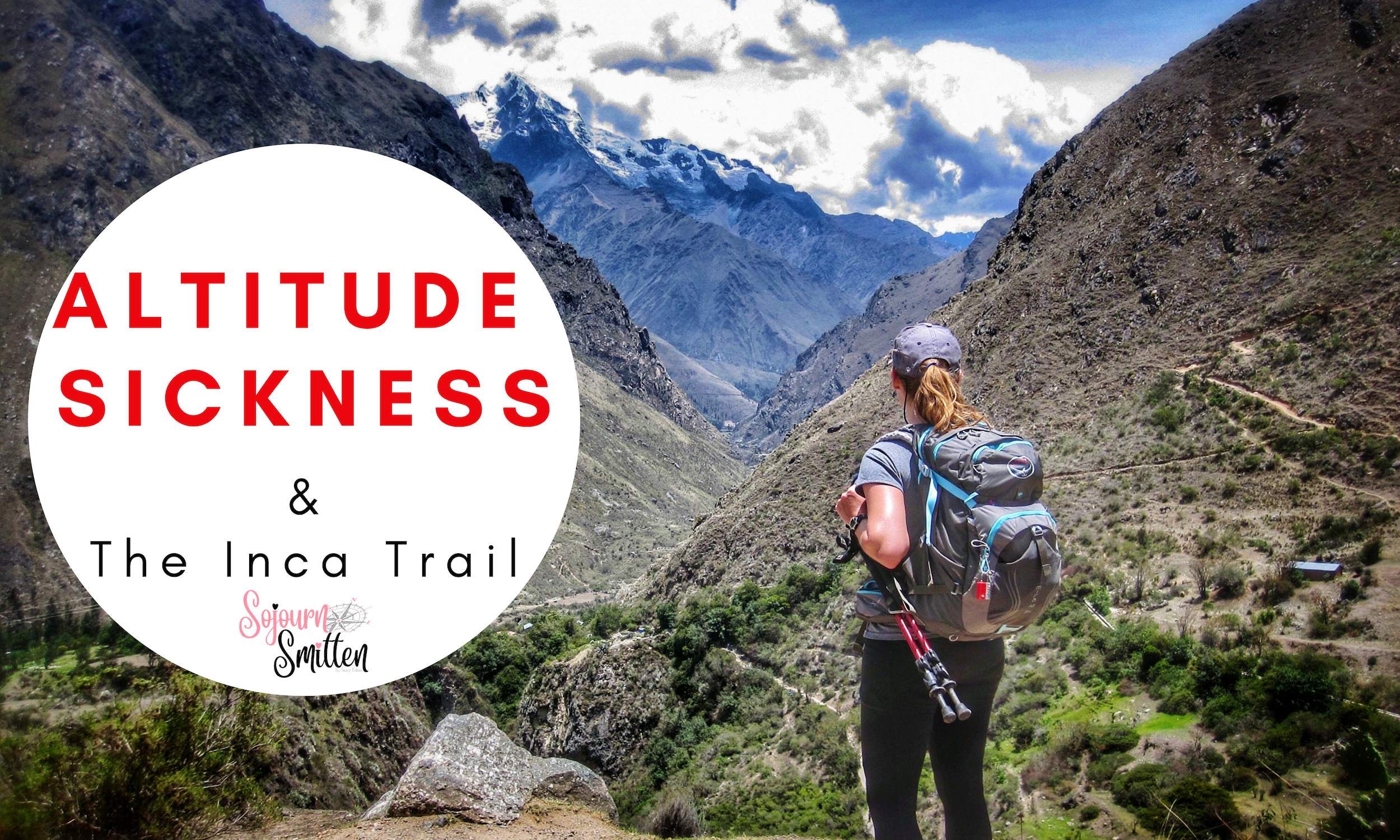
Some scientists believe that it is due to swelling of the brain but the evidence for this hypothesis is not conclusive. There is so much less oxygen in the high mountains that it is not surprising that travelling to high altitude causes people to feel unwell, but how this shortage of oxygen actually leads to altitude sickness is still not fully understood. Older people tend to get less acute mountain sickness – but this could be because they have more common sense and ascend less quickly. If you have a previous history of suffering from acute mountain sickness, then you are probably more likely to get it again. On the Apex high altitude research expeditions, flying from sea level to the Bolivian capital, La Paz (3600m), caused over half of the expedition members to have acute mountain sickness on the day after they arrived. The higher the altitude you reach and the faster your rate of ascent, the more likely you are to get acute mountain sickness.

There are a number of factors that are linked to a higher risk of developing the condition. There are many stories of fit and healthy people being badly limited by symptoms of acute mountain sickness, while their older companions have felt fine. Part of the mystery of acute mountain sickness is that it is difficult to predict who will be affected. Normally it does't become noticeable until you have been at that altitude for a few hours. If you have recently ascended to over 2500m, have a headache and your total score is 3 points or more on the score sheet, then you have acute mountain sickness.Īnyone who travels to altitudes of over 2500m is at risk of acute mountain sickness. Acute mountain sickness can be diagnosed using a self-assessment score sheet. Symptoms are very similar to a really bad hangover. The most prominent symptom is usually headache, and most people also experience nausea and even vomiting, lethargy, dizziness and poor sleep. How are the symptoms of altitude sickness measured? What are the other names for acute mountain sickness?Īcute mountain sickness is sometimes colloquially referred to as altitude sickness or mountain sickness and in South America it is called soroche. Above 2500m, the symptoms of altitude sickness become more noticeable. However, even at around 1500m above sea level you may notice more breathlessness than normal on exercise and night vision may be impaired. Most people remain well at altitudes of up to 2500m, the equivalent barometric pressure to which aeroplane cabins are pressurised. Where does acute mountain sickness happen? It causes some minor side effects, such as tingling fingers and a funny taste in the mouth. Only one drug is currently known to prevent AMS and to be safe for this purpose: acetazolamide (diamox). These treatments can make AMS worse or have other dangerous side effects - many herbs are poisonous. Can I take drugs to prevent altitude sickness?Īs with everything, many 'quack' treatments and untested herbal remedies are claimed to prevent mountain sickness. For instance, it takes about a week to adapt to an altitude of 5000m. The body has an amazing ability to acclimatise to altitude, but it needs time. Go up slowly, take it easy, and give your body time to get used to the altitude. If you are getting worse then descend immediately If you feel unwell, you have altitude sickness until proven otherwiseĭo not ascend further if you have symptoms of altitude sickness Altitude sickness happens because there is less oxygen in the air that you breathe at high altitudes. Physically fit individuals are not protected - even Olympic athletes get altitude sickness. Two things are certain to make altitude sickness very likely - ascending faster than 500m per day, and exercising vigourously.


 0 kommentar(er)
0 kommentar(er)
